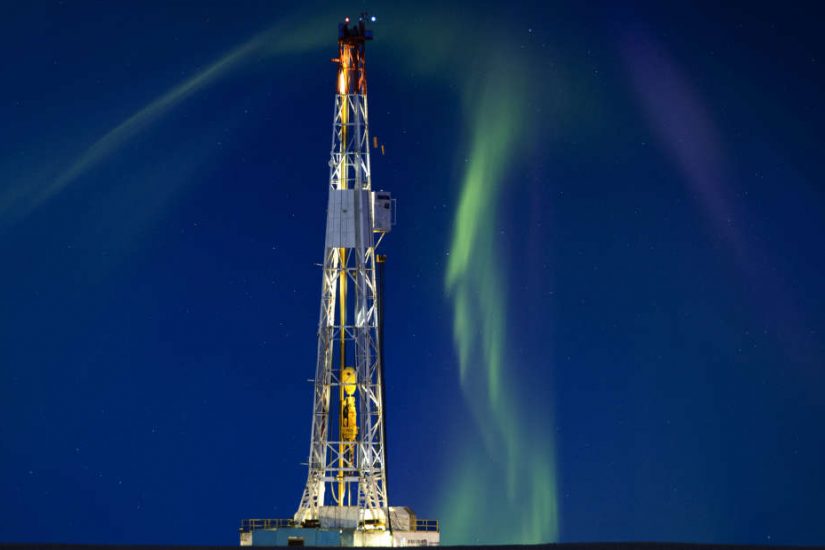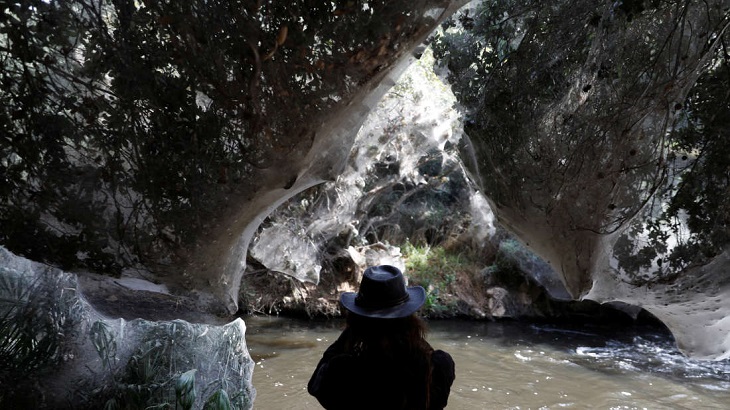By: Robin Andrews/IFL Science We’ve found hell on Earth, and it’s frozen over.
A team of geoscientists at the University of Edinburgh have found 91 volcanoes hiding beneath the Antarctic Ice Sheet, which – when added to the 47 fiery mountains already known about – makes this the densest concentration of volcanoes anywhere on Planet Earth.
As reported in a special edition of the Geological Society of London, these newly discovered volcanoes “are widely distributed throughout the deep basins of West Antarctica, but are especially concentrated and orientated along the 3,000-kilometre (1,864-mile) central axis of the West Antarctic Rift System.”
A combination of satellite measurements and powerful radar techniques were used to find this motherlode of new volcanoes. The fact that most of them are fairly conical in shape suggests that they haven’t experienced much glacial erosion – and that implies that they’re all quite young.
The Southern Continent is already home to several dormant and active volcanoes, the latter of which includes Mount Erebus, the planet’s southernmost active volcano. At this point, it’s not clear how active these buried volcanoes are, but their discovery is a good reminder than the South Pole looked quite different long ago.
Around 100 million years past, ice was absent, and the continent was covered in lush rainforests and swamps. The encroachment of winter after the hothouse Cretaceous Period came to an end buried everything, including dinosaurs, chasms and, yes, volcanoes.

A map of the new volcano discoveries. The confidence ratings reveal how certain the team is that each individual volcano exists. Van Wyk de Vries et al. 2017/GSL
These new forges of fire are incredibly diverse. Some are the size of small hills, whereas others reach heights of 3,850 meters (2.4 miles), about as tall as Mount Fuji. Most of them appear to be shield-like volcanoes, the low-sloping type found in places like Hawaii. This would suggest that the high, Fuji-sized volcano is incredibly massive – about 8,000 cubic kilometers (1,920 cubic miles) in size.
Much like the East African Rift (EAR) – the point at the continent is literally ripping itself apart and allowing superheated mantle material to rise to the surface – it appears that there’s a comparable hotspot beneath West Antarctica too.
This type of subterranean pyre produces some pretty bizarre volcanoes in the EAR, including one which erupts lava so cold and fluid that it’s black fire fountains can freeze in mid-air. Similarly, strange volcanism is likely to be found in – or rather, beneath – Antarctica.
This is indubitably an exhilarating discovery, but it’s an ominous one too. Anthropogenic climate change is beginning to disintegrate the Antarctic Ice Sheet, and any powerful subglacial volcanic eruption will only exacerbate things.
Perhaps more worryingly, the unprecedented disappearance of Antarctic ice makes future eruptions more likely. Not only will melting water interact explosively with magma sneaking its way up to the surface, but less ice overall means less pressure on the underlying magma chambers.
This allows bubbles of gas to form in the magma, which puts more pressure on the encasing rock. Overall, this makes volcanic eruptions far more likely. If the ice melts too quickly, then our addiction to fossil fuels may accidentally awaken a sleeping dragon.
Antarctica is rapidly proving to be the final frontier of geological discovery on Earth. Just last year, the world’s largest crevasse – twice the size of the Grand Canyon – was found hiding beneath East Antarctica thanks to the deployment of ground-penetrating radar.
New river systems, ancient caves, mysterious microbes, and even brand new forms of life are being uncovered seemingly once every few months. Now we can add volcanoes to this remarkable list too.

It’s likely that there are plenty more volcanoes still to be discovered hiding beneath the ice. evanfh/Shutterstock




